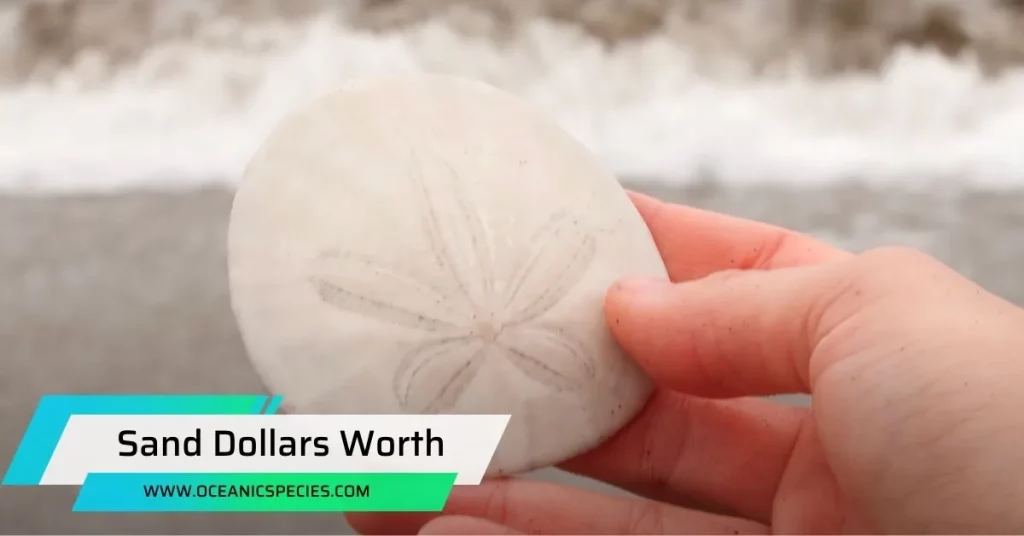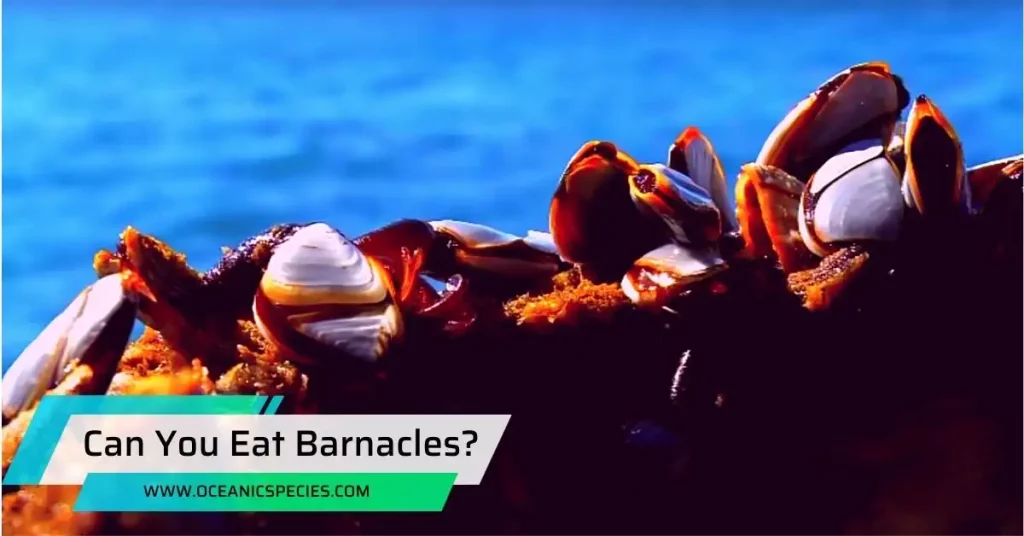Sand dollars are not worth anything as a currency; however, they can be valuable as collectibles or decorative items. Collecting live sand dollars is illegal in many states and is considered cruel, so it is recommended to only collect dead specimens.
Sand dollars can be found on beaches, but they are more commonly found on the ocean floor in colonies. Sand dollars are known for their distinctive disc-like shape and beautiful white skeleton. They spend much of their lives standing on end on the ocean floor, using their spines to filter food particles from the water.
Despite their common name, sand dollars are not actually related to real currency.
Understanding The Value Of Sand Dollars
Discovering the true worth of sand dollars is an intriguing quest. These delicate treasures, found on the beach, have both symbolic and monetary value, making them a fascinating subject of exploration.
Sand dollars are not only fascinating creatures found on sandy beaches but also hold various values. Let’s explore the importance of sand dollars in marine ecosystems and their symbolic value in local cultures.
The Importance Of Sand Dollars In Marine Ecosystems
Sand dollars play a vital role in marine ecosystems:
They are part of the echinoderm family, along with sea urchins and sea cucumbers. Their presence helps maintain a balanced ecosystem by controlling algae growth. They act as a food source for other marine animals, such as snails and crabs.
Sand dollars help with beach stabilization:

The skeletons of dead sand dollars contribute to building sandy beaches. They help trap sediments and prevent erosion.
Their unique circular shape acts as a habitat:
Many small organisms and microorganisms find shelter and protection within the sand dollar’s structure. This creates a diverse microhabitat within the sandy substrate.

The Symbolic Value Of Sand Dollars In Local Cultures
Sand dollars hold a significant symbolic value in coastal communities:
In some cultures, they are believed to bring good luck and fortune. They are often seen as a symbol of peace and harmony.
They have cultural and artistic representations:
Many artisans create beautiful jewelry and home decor using sand dollars. Sand dollar motifs can be found in paintings, sculptures, and traditional crafts.
Sand dollars are cherished beach treasures:
People often collect sand dollars as mementos from their beach vacations. They serve as a reminder of peaceful moments spent by the seaside.
Factors That Affect The Worth Of Sand Dollars
Factors that affect the worth of sand dollars include size, color, condition, and rarity. Larger and more intact sand dollars are generally worth more. Rare colors or patterns can also increase their value.
Size And Condition Of Sand Dollars:
The size and condition of sand dollars play a crucial role in determining their worth. Larger sand dollars are generally considered more valuable than smaller ones. Sand dollars that are intact, without any cracks or breaks, are also highly sought after.
The condition of the sand dollar’s surface is important as well. Smooth and well-preserved sand dollars tend to be more valuable. In contrast, sand dollars that are heavily weathered or damaged may have a lower worth.

Rarity And Uniqueness Of Sand Dollars:
The rarity and uniqueness of a sand dollar can greatly impact its value. Rare species of sand dollars, such as the parma and eccentric sand dollar, are highly coveted by collectors.
Sand dollars with distinct and unusual markings or colorations are also considered more valuable. The presence of any rare or extraordinary characteristics can significantly increase the worth of a sand dollar.
Demand And Market Trends For Sand Dollars:
The demand for sand dollars can fluctuate based on market trends and preferences. Sand dollars are often sought after by collectors, beachcombers, and individuals looking for unique decor items.
The popularity of sand dollars as souvenir items or in crafts can also influence their worth. The price of sand dollars in the market can vary depending on supply and demand dynamics.
Factors such as location, local regulations, and seasonal variations may impact the market value of sand dollars.

Evaluating The Monetary Value Of Sand Dollars
Sand dollars, those delicate and beautiful exoskeletons found on sandy beaches, have captured the curiosity of many beachcombers. But while they may seem like nothing more than a souvenir to bring home, sand dollars can actually hold some monetary value.
Evaluating the worth of sand dollars involves various methods, from online auctions to appraisals by experts. In this section, we’ll explore the different ways to determine the monetary value of sand dollars.
Pricing Methods For Sand Dollars:
- Online Research: Conducting an online search can provide insights into the average price range of sand dollars in today’s market.
- Niche Marketplaces: Specialized online marketplaces dedicated to seashells and marine treasures often have sand dollars available for sale. These platforms can give you an idea of the current demand and price points.
- Local Shops: If you’re lucky enough to be near a coastal area, local gift shops or beachside boutiques may sell sand dollars. Checking the prices in these stores can give you an indication of their worth.
Auctions And Online Marketplaces For Sand Dollars:
- Online Auctions: Websites like eBay host auctions where sand dollars and other seashells are sold. Bidding on sand dollars in these platforms can provide an opportunity to purchase them at competitive prices.
- Online Marketplaces: Beyond auctions, there are also online marketplaces where sellers offer sand dollars at fixed prices. These platforms often allow you to compare prices, read customer reviews, and make an informed purchase decision.
Appraisals And Experts In Sand Dollar Valuation:
- Professional Appraisals: If you intend to sell a sand dollar or have a valuable collection, seeking the expertise of a professional appraiser can help determine its true worth. Appraisers consider factors such as size, condition, rarity, and overall desirability.
- Experts in the Field: In the world of marine biology and seashells, there are experts who specialize in sand dollar valuation. Their years of experience and extensive knowledge can provide valuable insights into the monetary value of different sand dollar specimens.
Frequently Asked Questions
Is It Ok To Collect Sand Dollars?
Collecting dead sand dollars is acceptable, but it is illegal and cruel to collect live ones.
How Rare Is Finding A Sand Dollar?
Sand dollars are pretty rare to find on the beach, but hundreds can live together on the ocean floor.
Is It Illegal To Collect Sand Dollars In Florida?
Collecting live sand dollars in Florida is illegal and considered cruel. Stick to collecting dead ones instead.
What Is The Lifespan Of A Sand Dollar?
The lifespan of a sand dollar varies but is typically around 6-10 years.
Conclusion
To wrap up, it’s important to remember that sand dollars hold value both in their ecological significance and their aesthetic appeal. While the monetary worth of a sand dollar may not be significant, their beauty and uniqueness make them a sought-after collectible.
It’s crucial to respect the natural habitat and guidelines in collecting sand dollars, as taking live ones can cause harm to the species and ecosystems. If you do come across a sand dollar on the beach, consider leaving it where it is to contribute to the natural balance.



